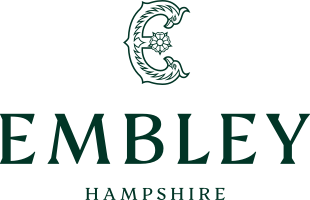Garrison Keillor always had an interesting week at Lake Wobegon, if you don’t know it, you would do worse than look out ‘A Prairie Home Companion’. Our week at Embley has matched and exceeded anything Keillor might have thought possible.
Every week is one of interesting conversations with a variety of children throughout the school. From asking one child where she was off to next at our Open Evening only to be told ‘Thailand’ (I should have been more precise perhaps, but the ambition is lofty) to overhearing conversations referencing Schrödinger’s cat in the back of the minibus while we returned to school from Donington Park Race Circuit. Apparently, it is possible to provide clues that are both right and wrong at the same time. OK, maybe draw the veil on that one?
Yesterday I had a long conversation with one student about the nature of knowledge contained in History. How do we know the past? And what is the relationship between History and the Past. He was quite right to distinguish the Past as a separate entity from History; History is the story we tell ourselves about the Past. How might the truth of the Past be known? One easy solution is to rely on eyewitness testimony, but just how reliable is that? Recollections are clouded by emotion and, through no malice aforethought, they can be refracted through a subjective lens arriving at a destination held to be true but missing the mark. We spoke animatedly about whether mathematical knowledge is more or less certain than the knowledge we have from History. The conclusions of a self-contained deductive logic system such as mathematics are internally consistent and derivable from a consistent set of principles. Now, excepting Gödel, we might take this view and conclude that Maths is more certain than History but is it more valuable and or more important?
In the course of Black History Month, maybe these conversations are helpful and provocative. In speaking with a colleague, we touched on David Olusoga’s new book and the fact that he was on Radio 4 discussing the role and relevance of statuary. This is close to my heart. The iconography of culture and what we value decorates our market squares and cross-roads. Olusoga was focusing on those marble edifices which cast a long but sinister shadowy success. Those monuments where the foundation is built on oppression of others. His challenge is a fair one but invites us to question our relationship with the past in a visceral and immediate way. In this instance we are invited to think, not about the past as a remote entity confined to the pages of books we read at school or picked up at Waterstones (other retailers are available), but a past which is standing in front of our progress to the shops on Saturday. Where it commemorates those who achieved success at the expense of others, what should our response be? Do we add it to the museum or add to it a context that invites the observer to think more deeply and respond more immediately? Like it or not, the past is inescapable, and it involves us one way or another.
Perhaps it is in this context that the verifiability of the claims of History and Mathematics are relegated behind the value and importance we place on those claims. The reason to immerse ourselves in History is not necessarily to know the past but to cope with the now and inspire the future. That is written with feeling. The silent voices of History are those ignored by the authors as unimportant and irrelevant, but to what extent in the course of daily life and the annals of our own experience are we doing just that. If History is written by the victors, what voice is silent and for us the challenge of which voices do we silence? Assembly on Monday challenged us to consider the voices less heard. To seek a complete understanding of the past, however difficult, by considering that by and large the authors are the ordinary folk who went about their business and are marked by the absence of statuary.
The experience of Embley is much more a community that is in conversation with itself, not afraid to challenge perceptions but open to listen and to understand. The three students who spoke with me over lunchtime yesterday were thoughtful and engaging. Our discussion was one of genuine exchange and understanding. The young man I interviewed that afternoon recognised the difficulty in breaking through the paradigm of others and straining to hear what is not said. He explained the problem of a solipsistic world wherein silos of misunderstanding lock us into restrictive views because we are not open to challenge our preconceptions. Embley is a homogeneous community of difference, a rich collection of uniqueness and authenticity in search of understanding and knowledge.
MORE BLOGS —
The why of Christmas
If you could have anything instead of traditional Christmas dinner, what would it be?
With feathers
Did curiosity really kill the cat? Over the course of the year, I interview hundreds of students. Recently I was interviewing a prospective student from Germany. As is often the case we talked about all sorts.




